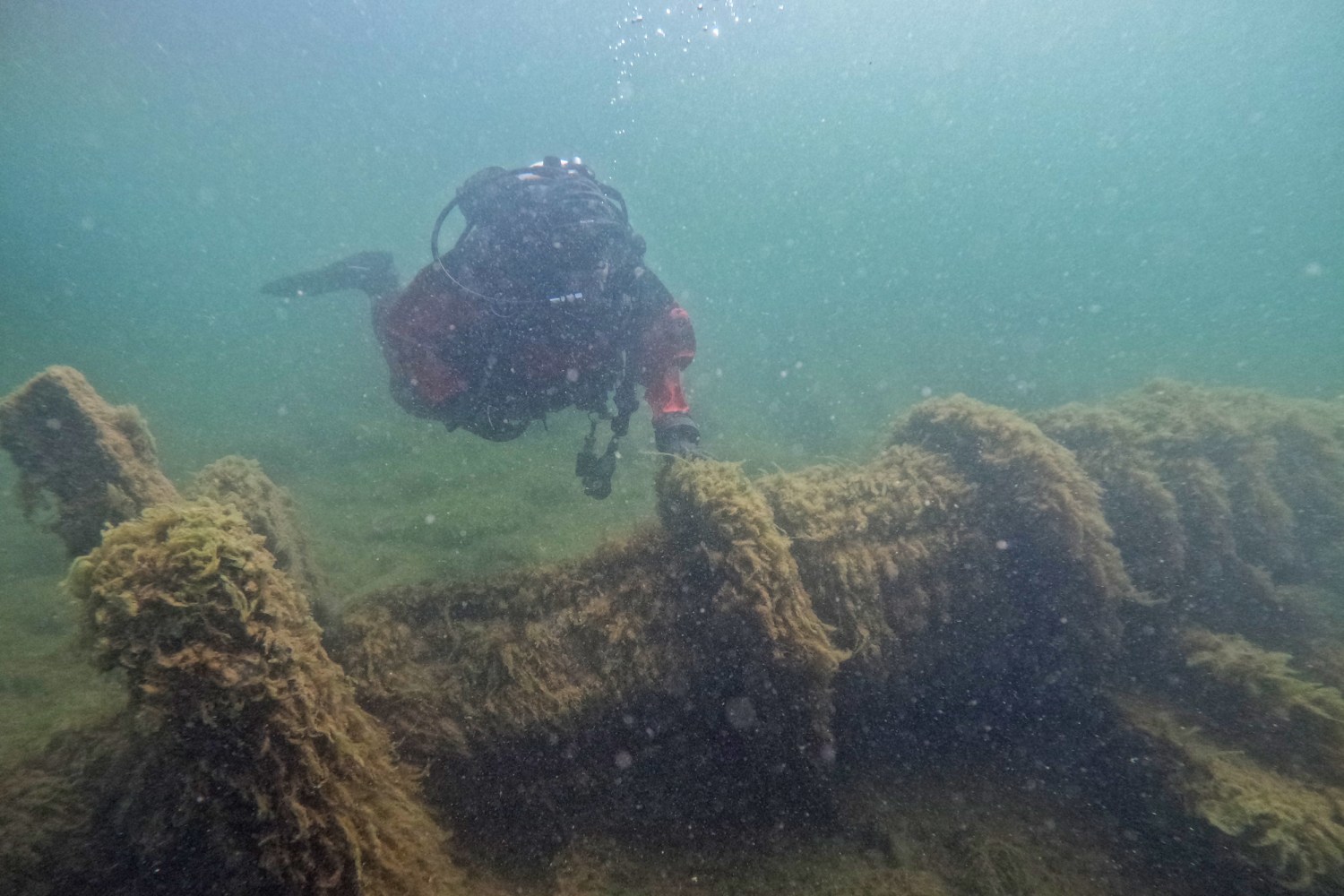Recent archaeological findings in Pompeii have revealed a remarkable and previously under-examined aspect of the ancient city’s history: people returned to the site after the devastating eruption of Mount Vesuvius in A.D. 79. This new evidence challenges the long-held belief that Pompeii was immediately and permanently abandoned, offering a more nuanced picture of the tragedy’s aftermath. These discoveries suggest that survivors, and possibly even looters, returned to the buried city to recover valuables, salvage materials, and perhaps mourn their lost loved ones, demonstrating a powerful human connection to the place even in its destruction.
The new excavations, conducted in a previously unexplored section of the city, unearthed traces of human activity that took place in the years and even decades after the cataclysmic event. Archaeologists discovered holes in walls and floors, which appear to have been made by people searching for buried items. They also found signs of organized digging, including tunnels and shafts, that were clearly not a part of the initial eruption. These findings suggest that the survivors, who had a detailed knowledge of the city’s layout, were able to pinpoint the locations of their homes and businesses in an effort to reclaim their possessions. This effort was a testament to their resilience and their reluctance to abandon everything they once held dear.
The process of returning to the buried city was fraught with danger. The landscape was drastically altered, and the air was still filled with ash and volcanic gas. The survivors, or “scavengers” as some archaeologists call them, would have had to contend with the unstable ground and the constant threat of aftershocks. Yet, they were driven by a powerful motive: the need to reclaim their heritage. This wasn’t just about money; it was about recovering family heirlooms, religious artifacts, and other items of sentimental value. The act of returning to Pompeii was, in a sense, a final act of defiance against the natural disaster that had taken so much from them.
The recognition of these activities following the eruption offers a fresh viewpoint on Pompeii’s archaeological history. In the past, the vacant areas or absent artifacts in the remains were often credited to the looting that took place soon after the volcanic event. Nonetheless, the recent evidence indicates a more persistent and intentional effort to recover the city. This compels researchers to reassess their comprehension of the site’s history and to seek additional proof of this activity after the eruption. This serves as a reminder that Pompeii’s narrative encompasses not only its abrupt devastation but also its prolonged, gradual journey of being neglected and later found again.
This fresh proof of a post-volcanic presence in Pompeii showcases a common human tendency: the longing to revisit a meaningful location, even following a catastrophe. This narrative is not solely about historic events; it also strikes a chord with our contemporary lives.
Whether individuals are coming back to their homes after a hurricane or a conflict, or revisiting a site of personal sorrow, the desire to reconnect with the past is strong. The inhabitants of Pompeii were similar; they were individuals who, despite all odds, couldn’t entirely release the world they had left behind. Their behavior offers a touching and humanizing view into the actual consequences of the A.D. 79 eruption.




